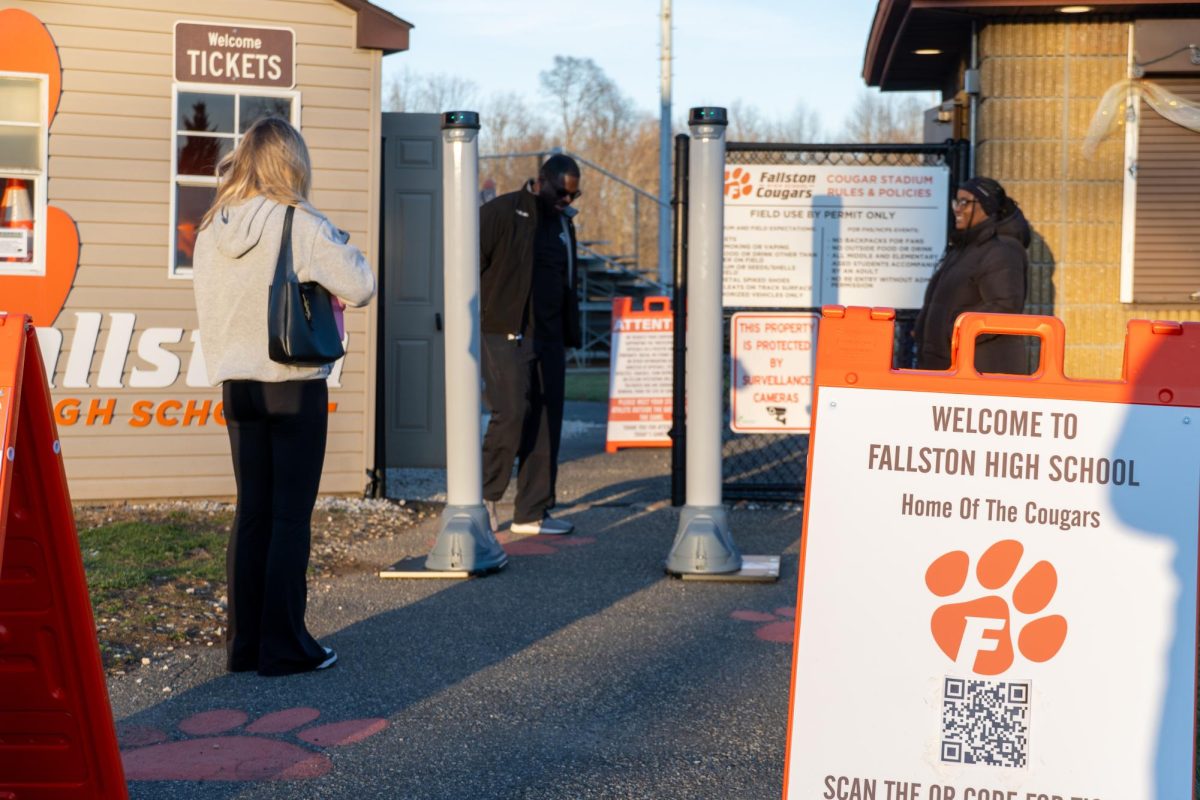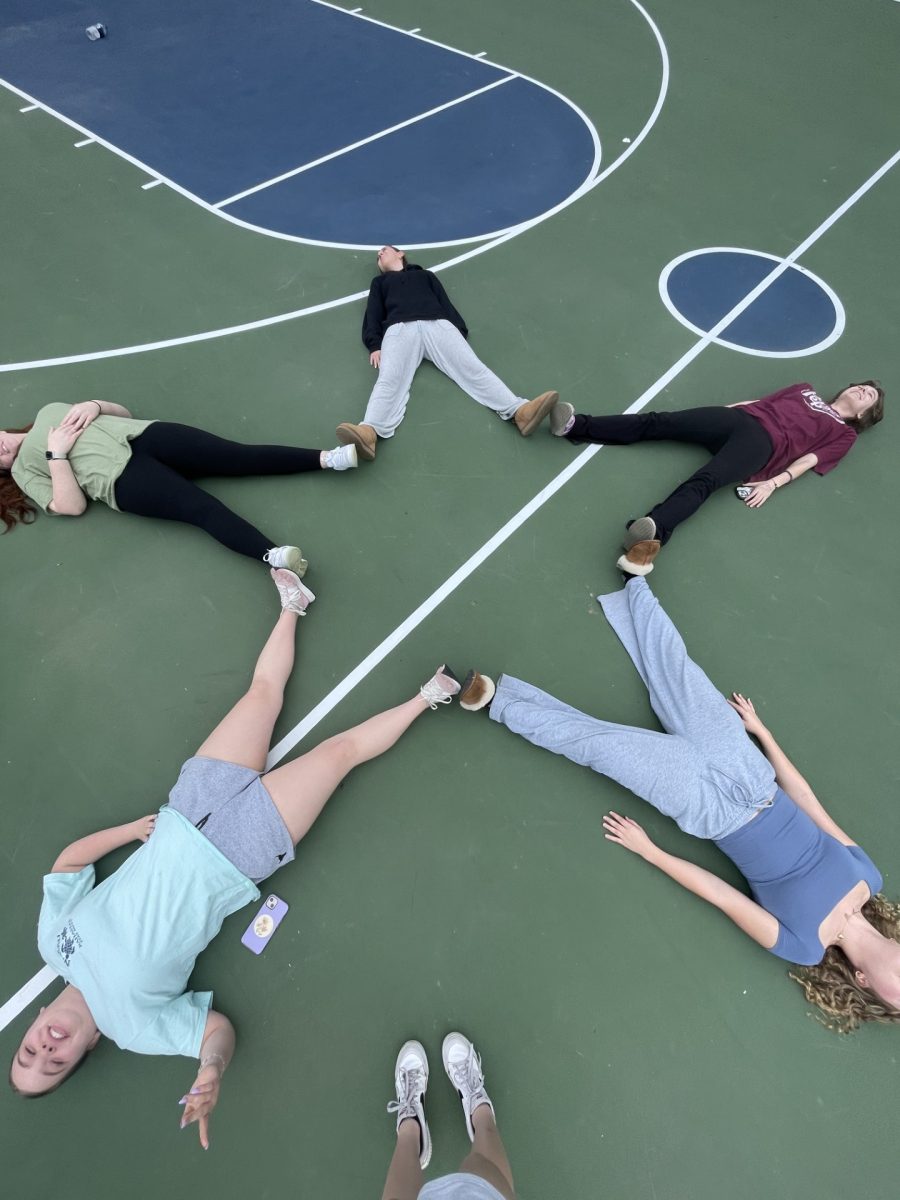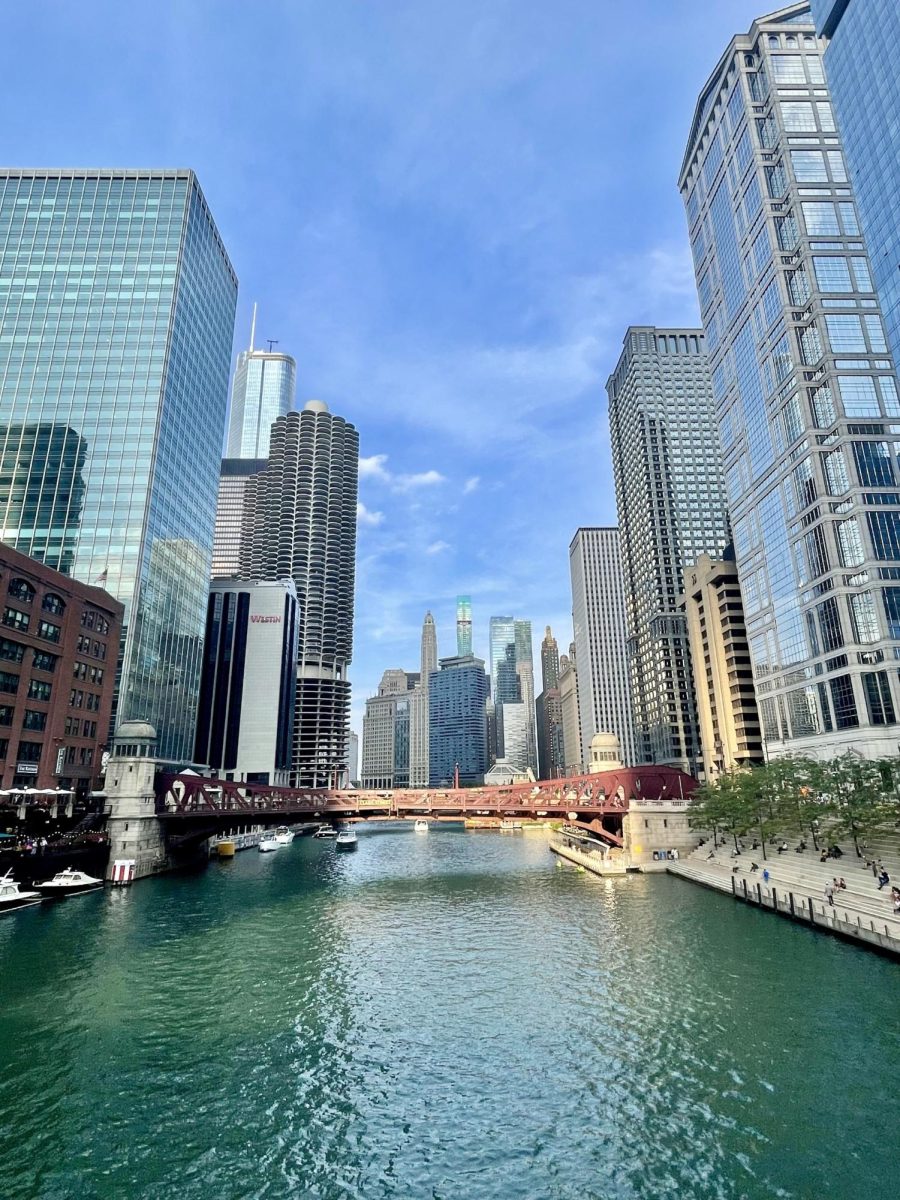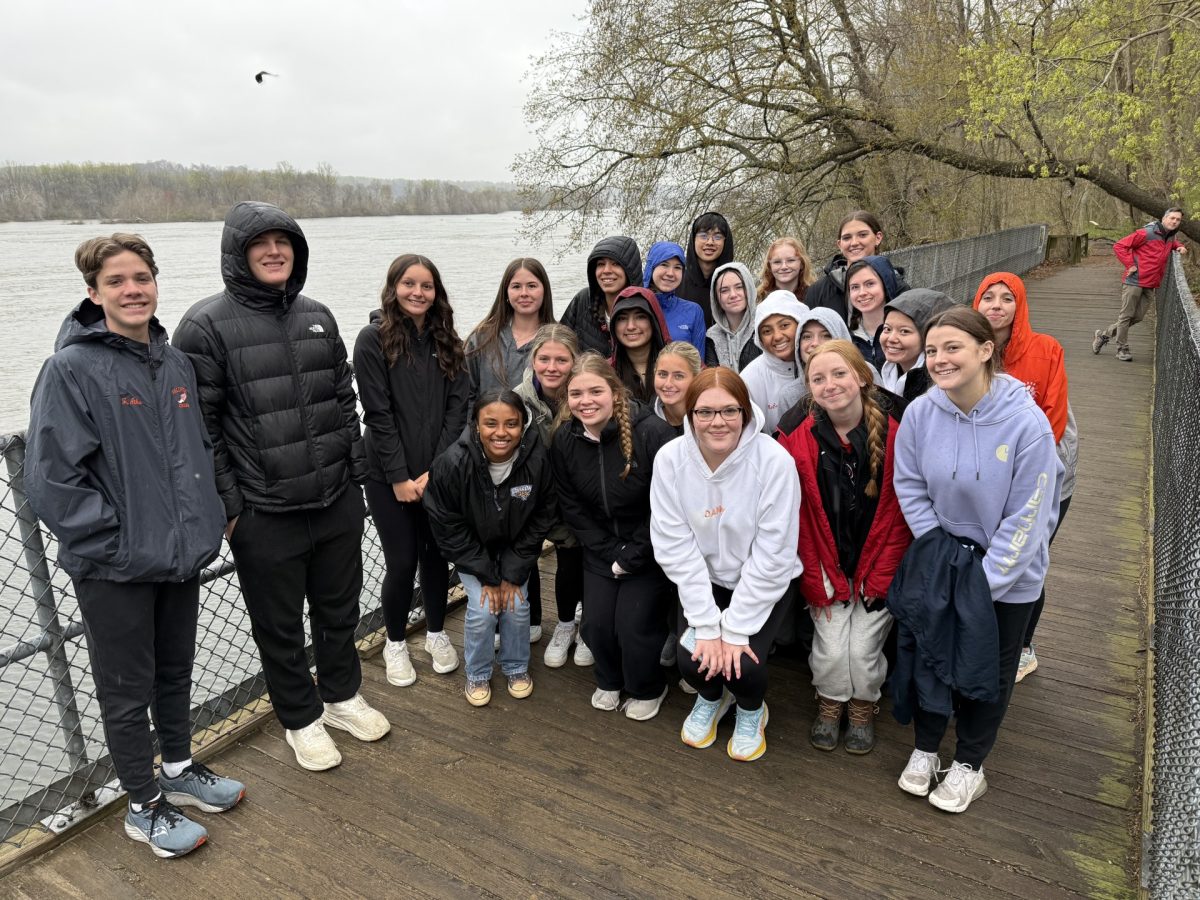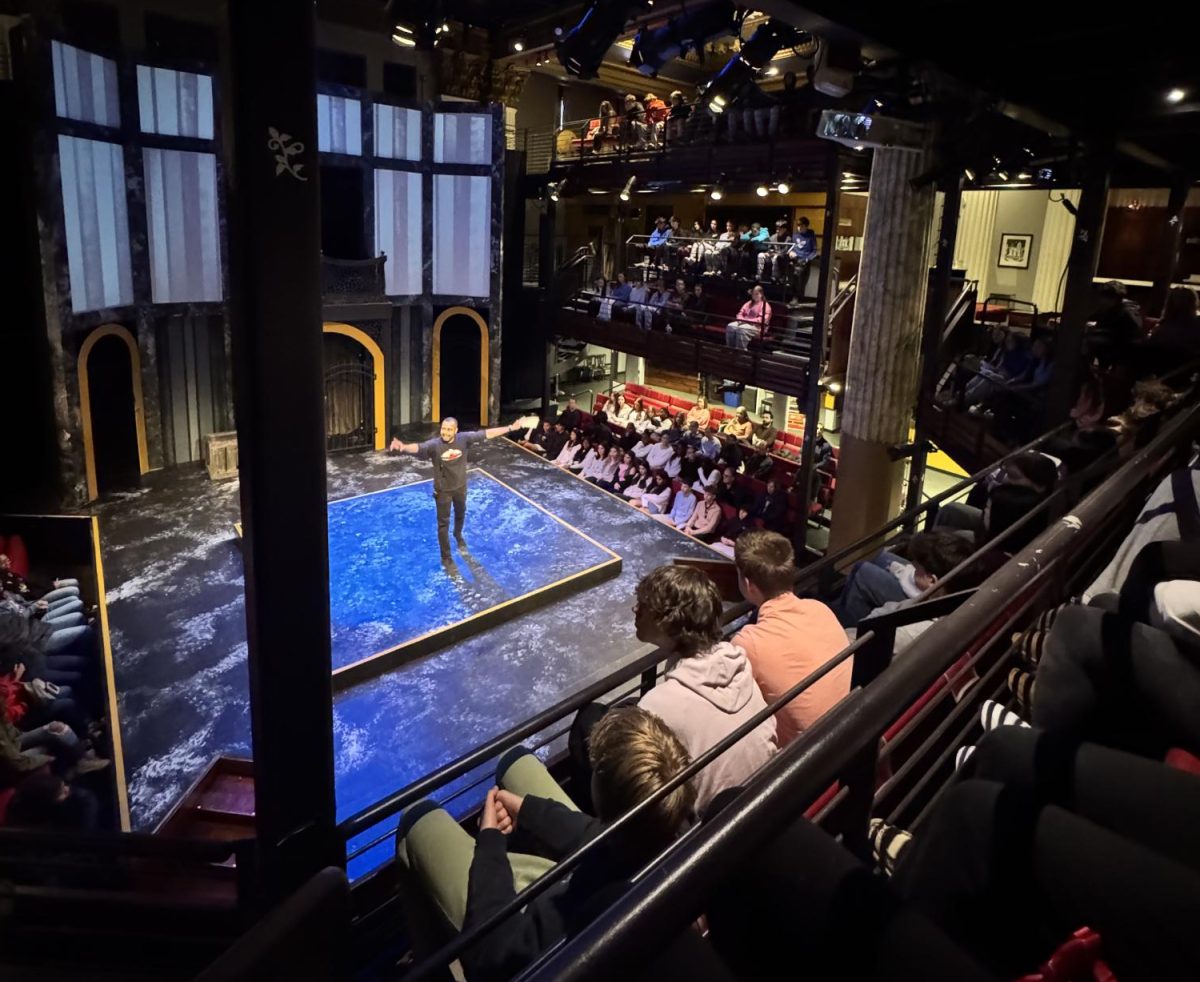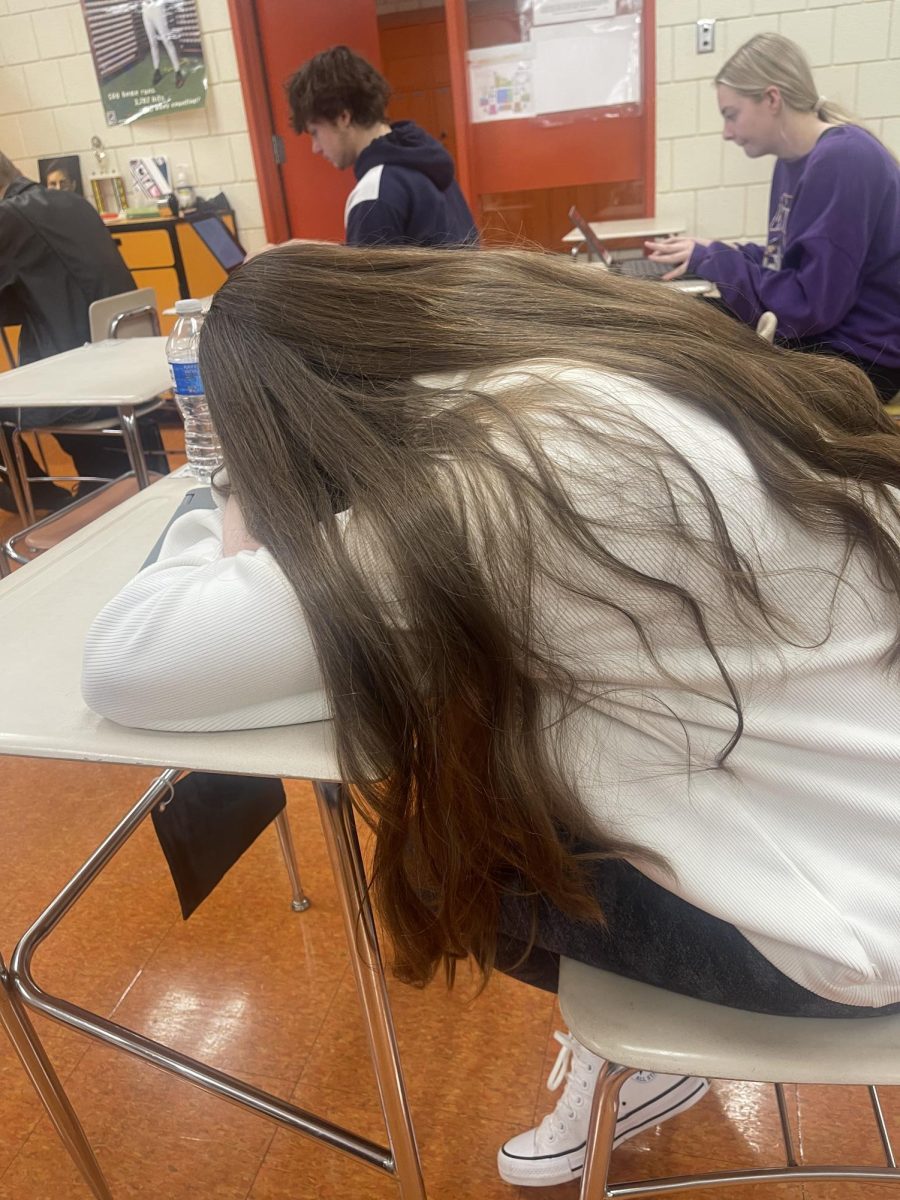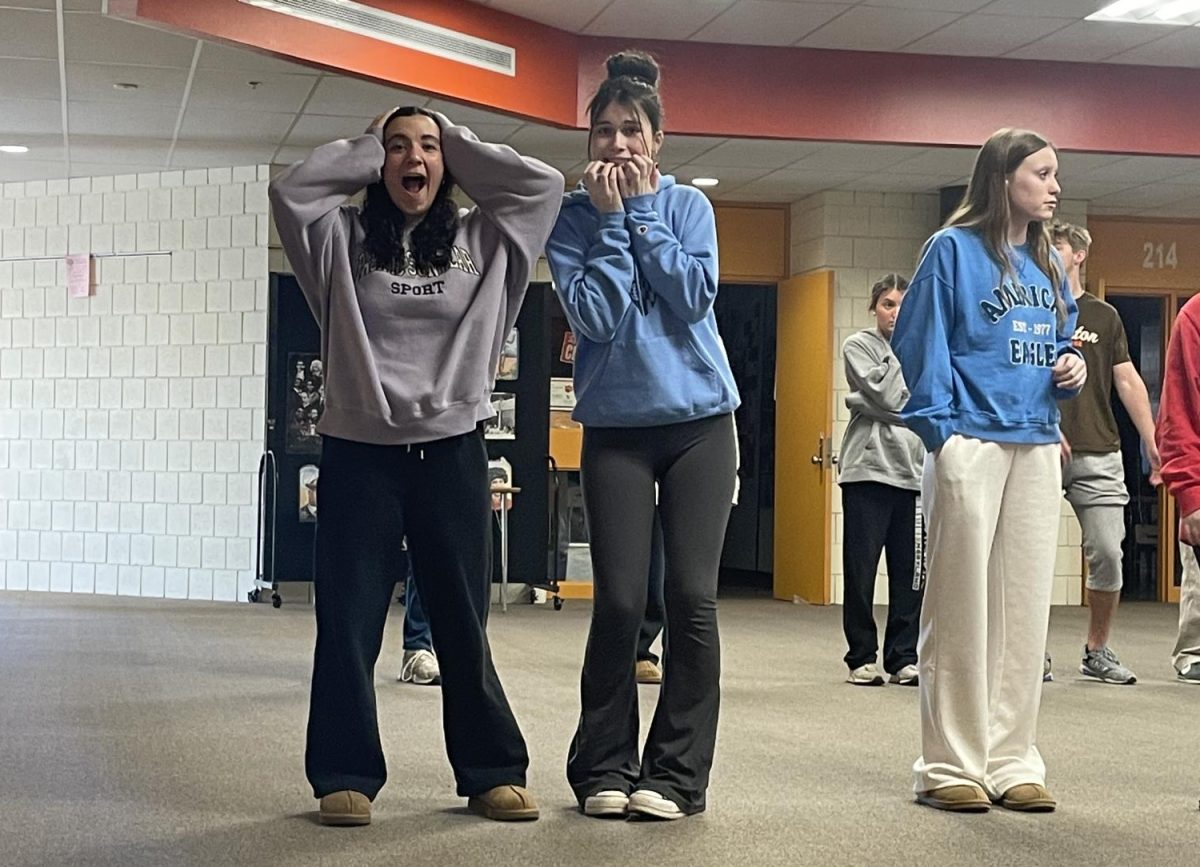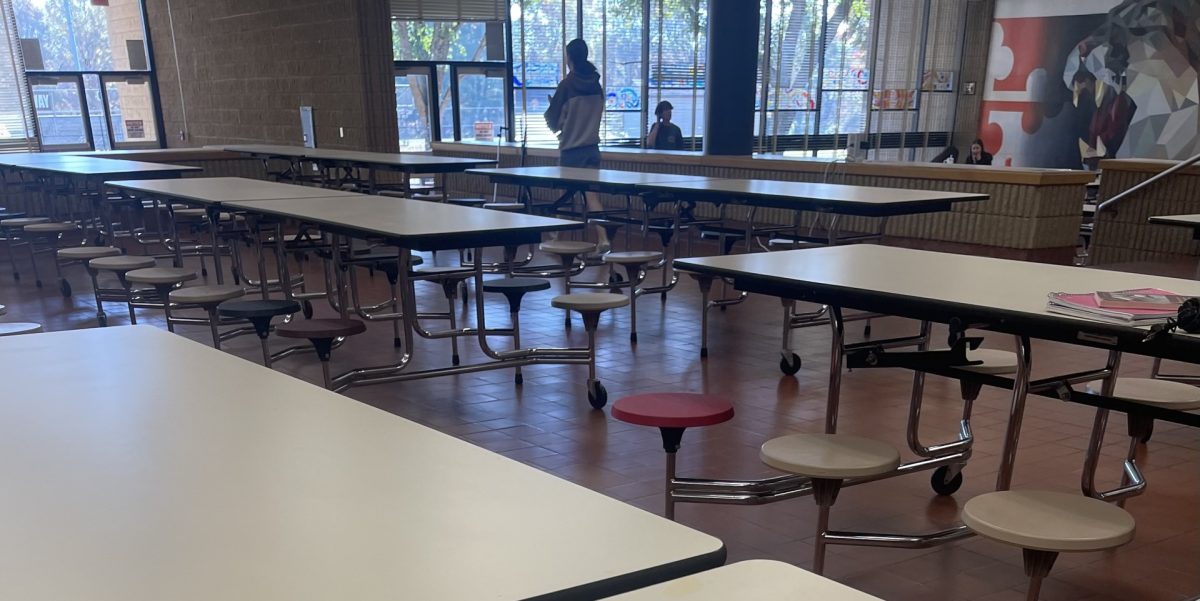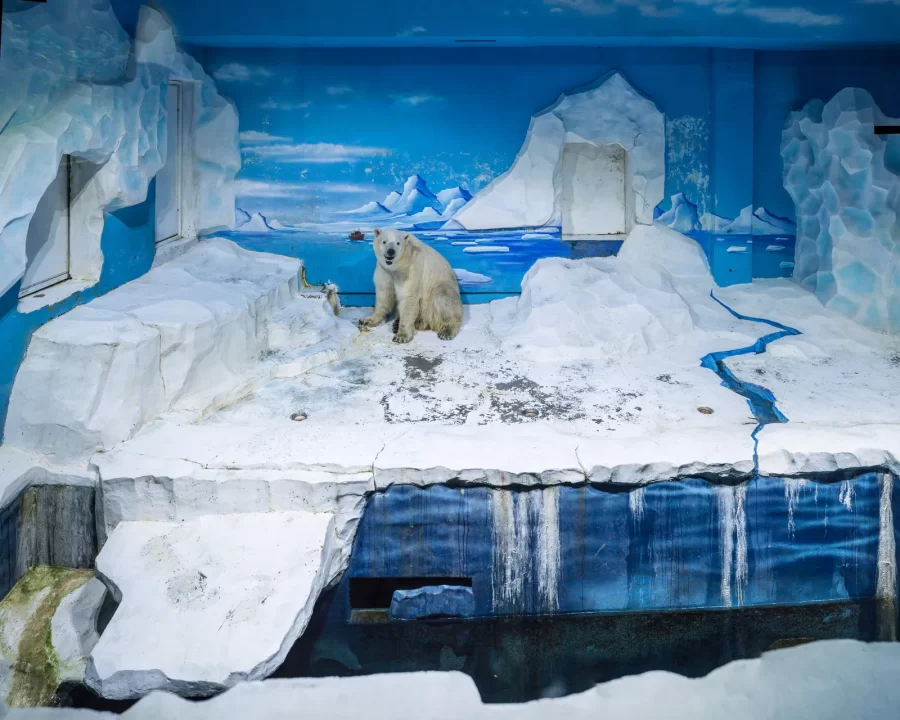The unforgivable truth behind zoos
January 31, 2023
We all know about Harambe the Gorilla, killed at the Cincinnati Zoo in May of 2016. But what about Tatiana the Siberian Tiger who was shot to death at the San Francisco Zoo in December of 2007 after a group of drunk and high male teenagers threw rocks and screamed at her? Or the two lions who were shot dead at the Santiago Metropolitan Zoo just six days before Harambe’s tragic death when a suicidal man entered their enclosure and began taunting them? Or the two polar bears who were murdered after an 11-year-old climbed over a spiked fence after losing a dare?
These are just four examples of how animals in zoos have been fatally shot after being provoked in their homes. According to PetPedia.co, 75% of zoos and aquariums have some type of animal abuse.
For example, it is widely known that polar bears’ enclosures in zoos are not large enough to sustain them. But how small are they actually? On average, polar bears get a 400ft2 enclosure. However, according to bearconservation.org, it is essential for polar bears to have a total area of at least 1 acre, which is approximately 43,560 ft2.
How would you feel if you were taken out of your natural habitat and given .00918% of what you need to survive? That is about the average math classroom compared to two desks put next to each other. Pretty stark difference if you ask me.
Moreover, elephants are another species that become extremely large and because of such, their needs are exemplified. However, zookeepers don’t seem to care. They are kept in inhumane conditions and most become “neurotic, unhealthy, depressed, and aggressive,” says PETA. “They experience great psychological trauma when they can only watch as their babies are taken away and tormented.”
Despite the common argument that zoos are beneficial because they protect endangered and injured species, it would be ignorant to believe that those animals are better off in zoos as entertainment for humans rather than in sanctuaries or rehabilitation centers.
According to worldanimalfoundation.org, zoos that “go to great lengths in order to recreate animals’ natural habitats” are sadly “not much more than an illusion.”
In zoos, animals are faced with conditions that are unnatural for them. For example, some animal species that are supposed to be in extremely cold climates, like polar bears, can be kept in extremely hot temperatures in zoos like the Jacksonville Zoo. Because of these unnatural conditions, they can become psychologically disturbed and extremely ill due to the constant stress of human exposure and confinement.
These are just some of the reasons why zoos are harmful to animals, but what role do they play on humans? How do zoos impact children’s opinion on animals? Does visiting zoos really help children learn about animals? According to onegreenplanet.org, they do not.
An academic journal published by Conservation Biology in 2016 explored those questions and found that, if anything, zoos produce a “negative learning outcome” in kids. Zoos have become less of a positive learning experience for children and more of an entertaining pastime.
In particular, zoos show children that it is acceptable for animals to be kept in captivity for human amusement and have no other purpose than for our direct benefit. Moreover, it teaches kids that they are “entitled to deprive animals of sleep or privacy and demand that they be entertained,” onegreenplanet.org stated.
A much better alternative to visiting zoos is supporting wildlife refuges and sanctuaries. There are wildlife refuges all over the country, all over the world, that invite visitors to learn about animals in their natural habitats.
For example, Crystal River National Wildlife Refuge welcomes animal lovers to observe the manatees, but the refuge does not hold them captive or use them as entertainment. Refuges like this one encourage “passive observation” but have strict guidelines and prohibit many behaviors that may make the manatees feel unsafe or threatened. And the best part? Since the refuge is located in the wild, the manatees are free to come and go and are far from forced to entertain anyone.
Zoos are hurtful for everyone: the animals being held in inhumane conditions, the children who learn negative lessons, and the parents who allow it. It is high time that the approximately 800,000 animals in zoos and aquariums are allowed to live natural lives and that humans stop believing that animals have been put on this earth for our benefit and our benefit only.

